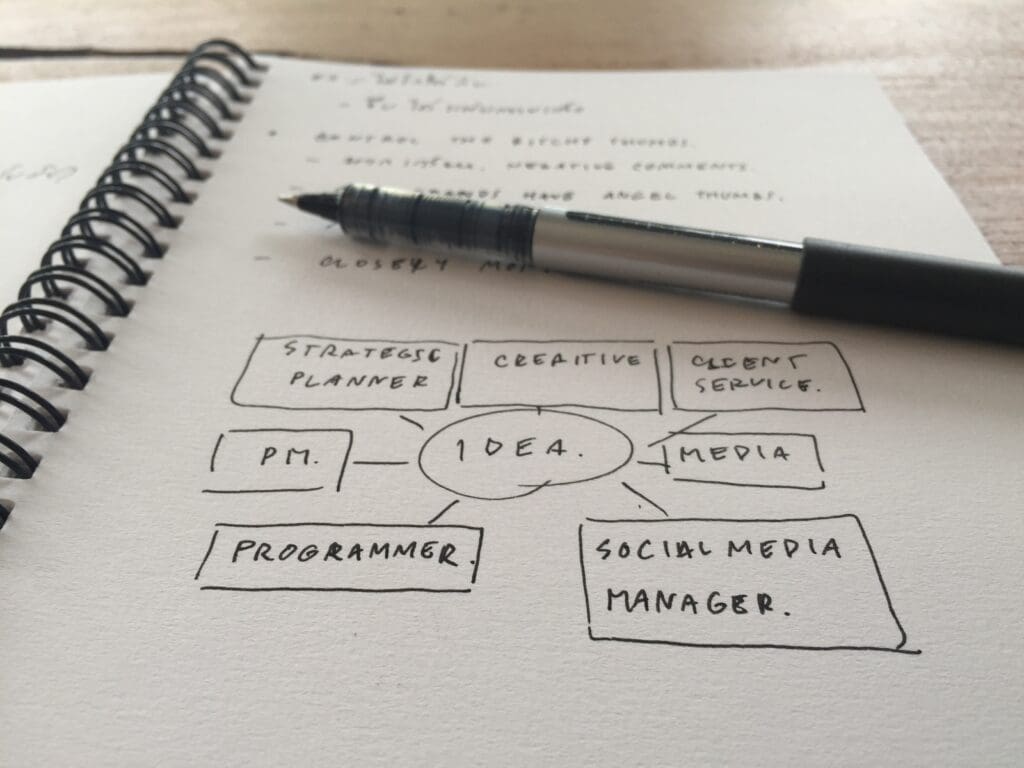IYSL Position Statement: Job Descriptions for Youth Sports Clubs
Documented and shared job descriptions are essential for the efficient functioning and overall success of youth sports organizations. Clear and well-defined responsibilities enable leaders to track and monitor contributions, fostering accountability for performance outcomes across all staff levels, including full-time employees, part-time workers, and volunteers.
19 Key Roles and 7 Essential Departments
Over the past decade, we have conducted an extensive analysis of more than 2,000 youth sports clubs and performed over 50 in-depth assessments. Through this work, we have identified 19 ‘Key Roles’ that are integral to the success of these organizations. These roles encompass executive leadership, mid-level management, and frontline administration, with each contributing to the achievement of organizational goals. Key Roles are grouped into 7 ‘Essential Departments, creating a structure fostering communication, accountability, and operational efficiency. Although the titles may differ from club to club, the core responsibilities remain consistent and are crucial for building a model youth sports organization.

Relationship between Roles and Best Practices
Job descriptions not only align efforts with the club’s goals but also ensure that no critical tasks are overlooked. By correlating the Roles and Departments with the 60 best practices that define a model club, IYSL provides a clear framework for clubs to assign responsibilities and drive performance excellence.
Benchmarking the Top 10% of Clubs
Over the next few weeks, IYSL will publish detailed descriptions of these 19 critical roles, including insights and contributions from individuals currently performing these roles or with proven expertise. Understanding how your organization measures up against these 60 best practices and how it compares to others—particularly those in the top 10%—can help guide strategic improvement.
This article introduces the roles and responsibilities and subsequent articles will each feature a Key Role.
Three Levels of Management and Administration
Youth sports organizations typically operate with three general levels of management and administration:
- Level 1: Executive Leadership
- Level 2: Mid-level Management
- Level 3: First-line Administration
19 Key Roles
Level 1: Executive Leadership
These roles are pivotal in setting the strategic direction and ensuring the overall success of the club:
- Executive Director (similar roles: Chief Executive, CEO, General Manager, Business Manager).
- Technical Director (Director of Coaching, Director of Youth Sports, Education Director).
- Membership Director (Customer Service Manager, Chief Experience Officer).
- Human Resources Director (Talent and Recruitment Manager, Human Capital Manager, People Operations Manager).
- Finance Director (Chief Financial Officer, Financial Controller, Director of Finance and Administration, Head of Business Operations).
- Operations Director (COO, Operations Manager, Business Manager).
- Community Relationship Manager (Outreach and Partnership Coordinator, Community Liaison Officer).
Level 2: Mid-level Management
These roles are focused on the implementation of strategies and managing various functional areas:
- Program Manager (In house Director, Youth Sports Manager, Sports Operations Manager, Recreation Coordinator).
- Technology Manager (IT Director, Website Manager, Systems Administrator).
- Volunteer Coordinator (Member Liaison, Community Manager).
- Marketing Manager (Communications Director, Public Relations Director, Brand Manager).
- Fundraising Coordinator (Development Officer, Resource Development Manager, Grant Coordinator).
Level 3: First-line Administration
These roles handle the day-to-day operations and direct interaction with members and athletes:
- Office Manager (Administrator, Office Supervisor).
- Registrar (Membership Coordinator, Registration Manager).
- Academy Coordinator (Age Group Coordinator).
- Specialist (Mental Performance, Fitness Coach, Athletic Trainer, Skills Trainer, Positional Coach, Club Doctor etc).
- Head Coach.
- Assistant Coach.
- Team Manager.
7 Essential Departments
Key Roles are assigned to 7 Essential Divisions:
- Leadership – Executive Director.
- Operations – Operations Director, Technology Manager, Marketing Manager, Office Manager.
- Membership – Membership Director, Community Relationship Manager, Volunteer Coordinator.
- Education – Technical Director.
- Human Resource Management – Human Resources Manager.
- Programs – Recreation Coordinator, Academy Coordinator, Registrar, Positional Coach, Head Coach, Assistant Coach, Team Manager.
- Finance – Finance Director, Fundraising Coordinator.
Shared Responsibilities
In most youth sports organizations, especially smaller ones, staff members often share multiple roles. Without detailed job descriptions, it can be challenging to ensure that all critical tasks are covered. Clear job descriptions help in identifying gaps and assigning responsibilities appropriately, ensuring that nothing falls through the cracks. This clarity is essential for maintaining high standards and achieving the club’s goals.
Engaging our Leadership Community
IYSL encourages leaders and stakeholders in the youth sports community to critique and support our efforts. We invite feedback to refine these descriptions, ensuring they are comprehensive and applicable to a wide range of organizations. Our goal is to provide these job descriptions as open-source resources, valuable to any youth sports organization striving for excellence.
To-Do List for Leaders of Youth Sports Organizations
- Share Your Insights: For the benefit of the youth sports leadership community, share your thoughts, comment and ask questions.
- Use the FREE IYSL Best Practice Survey: Evaluate how your club measures up against industry standards. Use the survey report to assess if your staff are accountable for achieving model club status and to identify areas for improvement – CLICK.
- Read articles in the Roles and Responsibilities Series: Each week we will publish one of the 19 Key Roles in our best practice library.
